- Home
- About Us
- Products
-
Heat-Pump Dehumidifier DeAir
 DeAir.RE
DeAir.RE -
Heat-Pump Dryer DeAir.RE-H
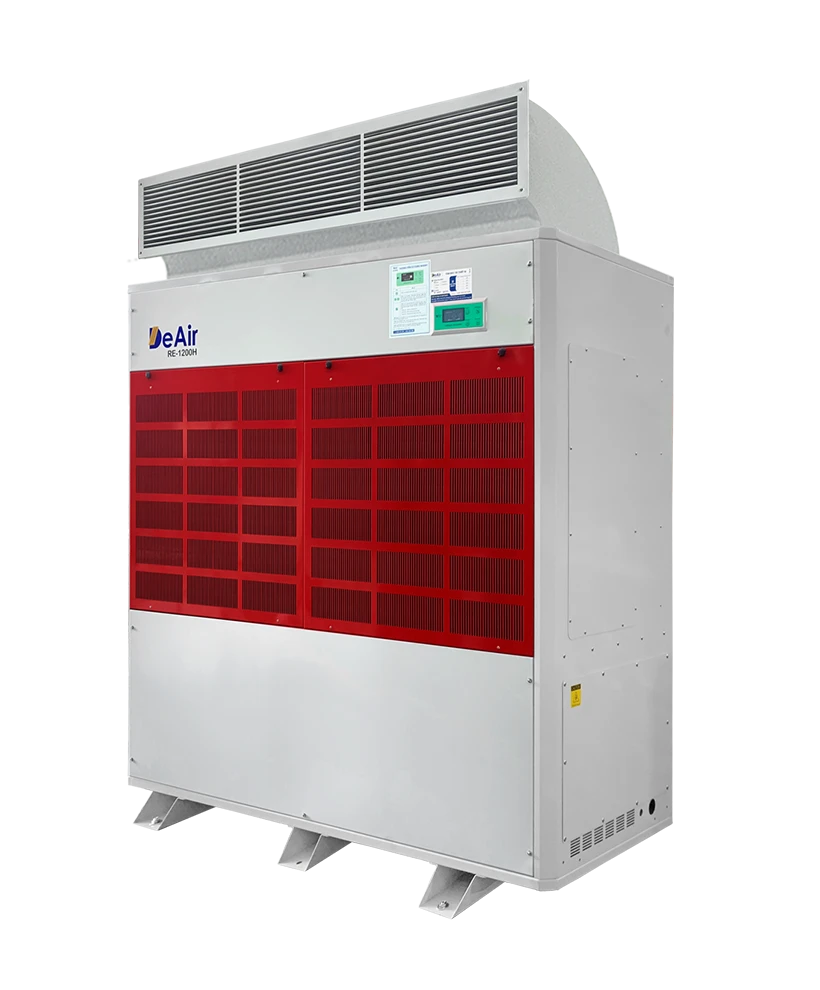 DeAir.RE-H
DeAir.RE-H -
Heat-Pump Stainless Steel Dehumidifier
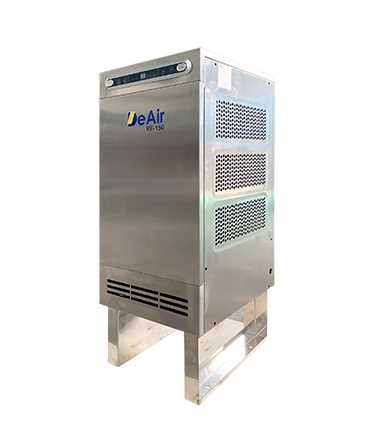 DeAir.RE-INOX
DeAir.RE-INOX -
Heat-Pump Isothermal Dehumidifier DeAir.CRE
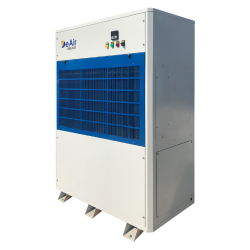 DeAir.CRE
DeAir.CRE -
Dezenno Dehumidifier
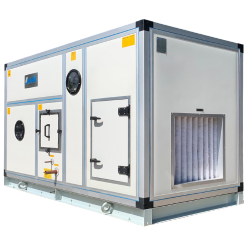 Dezenno
Dezenno -
Heat-Pump Ceiling Mounted Dehumidifier DeAir
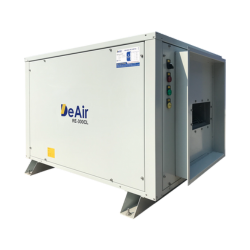 DeAir.RE-CL
DeAir.RE-CL -
Dehumidifier Olmas
 Olmas-OS
Olmas-OS -
Industrial Humidifier DeAir
 DeAir.HM
DeAir.HM -
Heat-Pump Dryer Daxwell
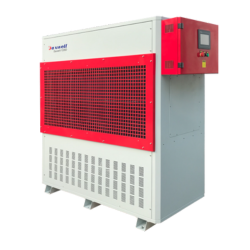 Daxwell
Daxwell -
Electric Duct Heater DeAir
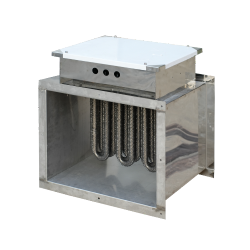 DeAir.Heat
DeAir.Heat -
Air Handling Unit Dezenno.MAX
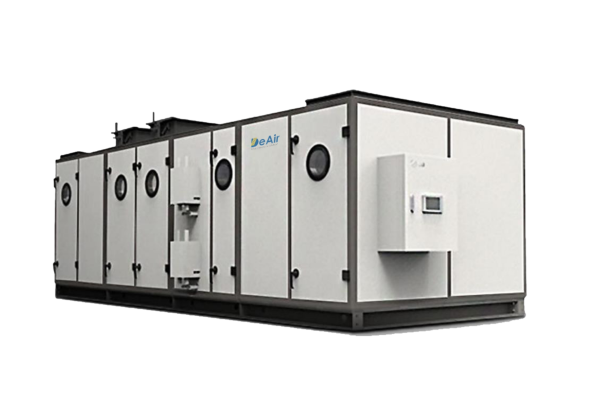 AHU
AHU
-
- Services
- Projects
- Warranty – Maintenance
- News
- Contact
Using Isothermal Dehumidifiers in the Production Process of Wind-Dried Persimmons
05/04/2024
1. Introduction to Wind-Dried Persimmons
Originating from Japan, the land of the rising sun, wind-dried persimmons are a traditional food known for their high nutritional value and health benefits, made from fresh persimmons. The final product varies depending on the climate, natural conditions, and production technology.
In Northern Europe, persimmons are considered an exotic fruit, but their consumption is steadily increasing, and consumers are becoming more familiar with their taste. The summer months provide the best opportunities for exporters from developing countries.
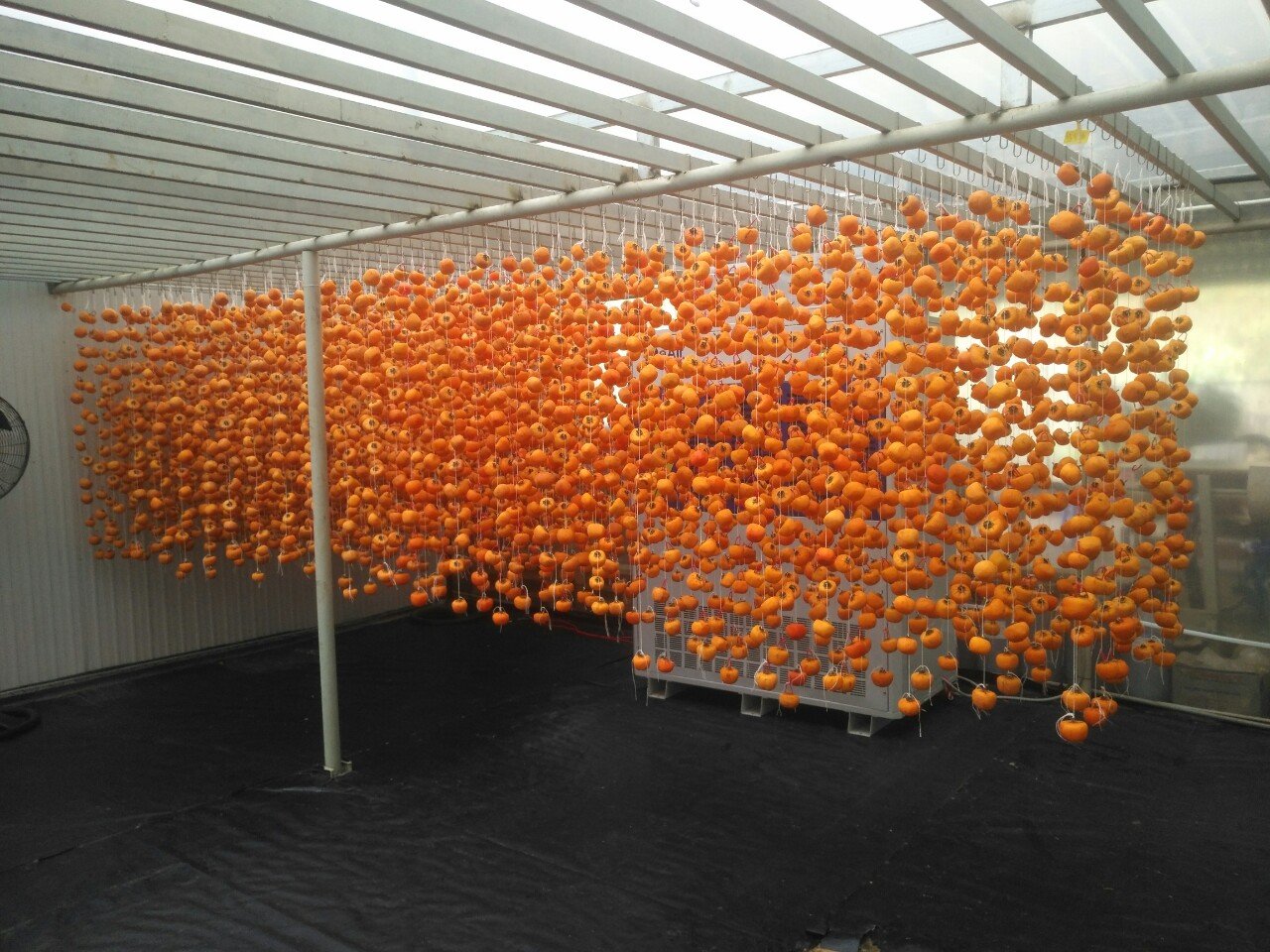
2. Wind-Dried Persimmon Production Process
The natural method of making wind-dried persimmons in Japan involves the following steps:
Step 1 (Peeling): The persimmons are peeled, leaving the stem intact. It's important to peel evenly from top to bottom to ensure the dried persimmons have a pleasing appearance.
Step 2 (Sterilisation): The peeled persimmons are soaked in alcohol to sterilise them.
Step 3 (Drying): After sterilisation, the persimmons are drained and tied with string by their stems. They are then placed outside in sunny, breezy conditions. At night, they are dried in front of a fan or covered with a mesh screen to prevent insect contamination.
Step 4 (Massaging): By the fifth to seventh day, when the persimmons' surface has become dry, they are gently massaged with gloved hands once or twice a day. This helps release the persimmon nectar and ensures the fruit becomes soft and pliable. Depending on the size of the persimmons, they are hung to dry for 8-14 days, resulting in fragrant, golden wind-dried persimmons.
3. Wind-Dried Persimmons in the Vietnamese Market
In Vietnam, persimmons are primarily grown in Da Lat. For many years, ripe persimmons coloured the landscape red, but they attracted little interest due to low prices, and harvesting them was unprofitable. At one point, fresh persimmons sold for just a few thousand VND per kilogram.
By applying Japanese technology, producers can create high-quality wind-dried persimmons that are safe for consumers' health. These persimmons are naturally formed in enclosed houses, and the packaging areas are kept hygienic to prevent bacterial contamination. As a result, wind-dried persimmons have become highly sought after, selling for around 250,000 VND per kilogram or more, depending on the season, weather conditions, and the quality of the batch.
Producing standard wind-dried persimmons is challenging, and the packaging and preservation process is equally demanding. Overall, the investment cost for making wind-dried persimmons using Japanese technology is significant. Additionally, managing the transportation process to prevent thermal shock to the persimmons is crucial.
4. The Birth of Isothermal Dehumidifiers
However, the significant differences in climate between Japan and Vietnam present challenges. Japan's average temperature is 17.9°C with 74% humidity, an atmospheric pressure of 15.17 hPa, and 9.5g of water. In contrast, Da Lat has a midday temperature of 28°C, 83% humidity, an atmospheric pressure of 31.3 hPa, and 19.9g of water. Therefore, Da Lat cannot use the traditional Japanese methods. Instead, the current method involves using drying machines.
When drying persimmons, increasing the temperature to reduce drying time can cause the alcohol acids to ferment, resulting in spoiled and sour products. Additionally, this process can alter the original colour of the product and degrade its vitamins.
To address these issues, DeAir offers a solution with the DeAir.RE-CL isothermal dehumidifier. This device dehumidifies without affecting temperature, preserving the original colour, flavour, and freshness of the product. The exterior remains pliable, while the interior stays soft. The dehumidifier is designed for use in air-conditioned rooms, ensuring energy efficiency.

5. Notable features of the CRE Dehumidifier
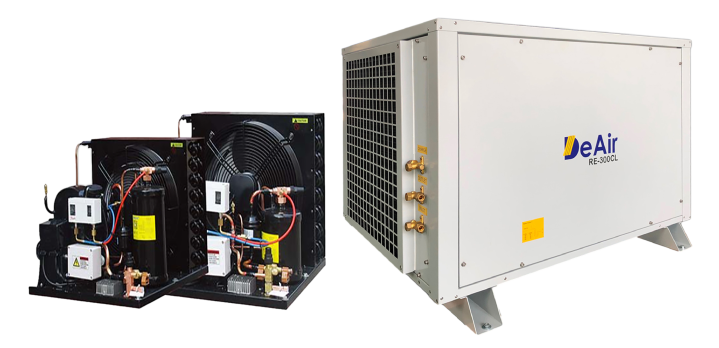
- The dehumidifier operates with an isothermal control mechanism, maintaining humidity at ≤ 60% without increasing room temperature. The air circulation is optmised within the room thanks to enhanced convection fan design Enhanced convection fan design ensures optimal air circulation within the room. - The evaporator coil is corrosion-resistant fulfiling high durability. Contact DeAir right for professional consultancy for solutions design and installation of our isothermal dehumidifier!
Sign up for news from DeAir
Related news






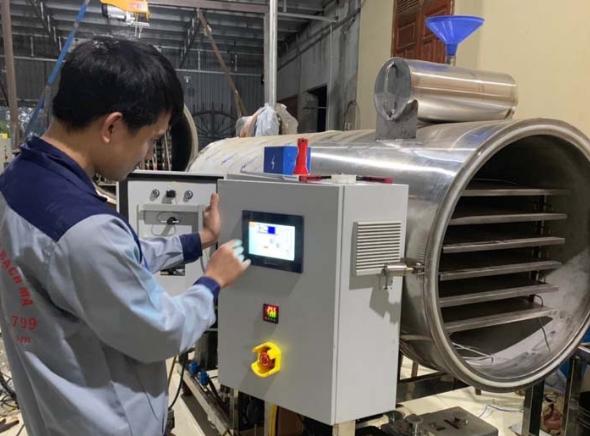


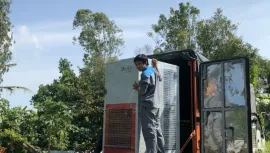
![[Case Study] DeAir Installs DeAir.De Rotor Humidity Control System for Pharmaceutical Plant in Binh Duong [Case Study] DeAir Installs DeAir.De Rotor Humidity Control System for Pharmaceutical Plant in Binh Duong](https://deair.com.vn/thumbs/news/2023_04/ban_giao_may_cho_duoc_bd/[270x153-cr]image1-1024x772.jpg__cv.webp)

![[Review & Guide] Olmas OS-300: The New Humidity Control "Warrior" for Medium to Large Warehouses [Review & Guide] Olmas OS-300: The New Humidity Control "Warrior" for Medium to Large Warehouses](https://deair.com.vn/thumbs/news/huong_dan_su_dung_may_olmas_21/[270x153-cr]vtm06440.png)